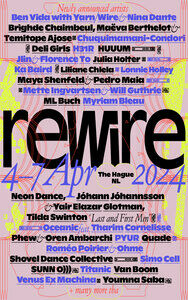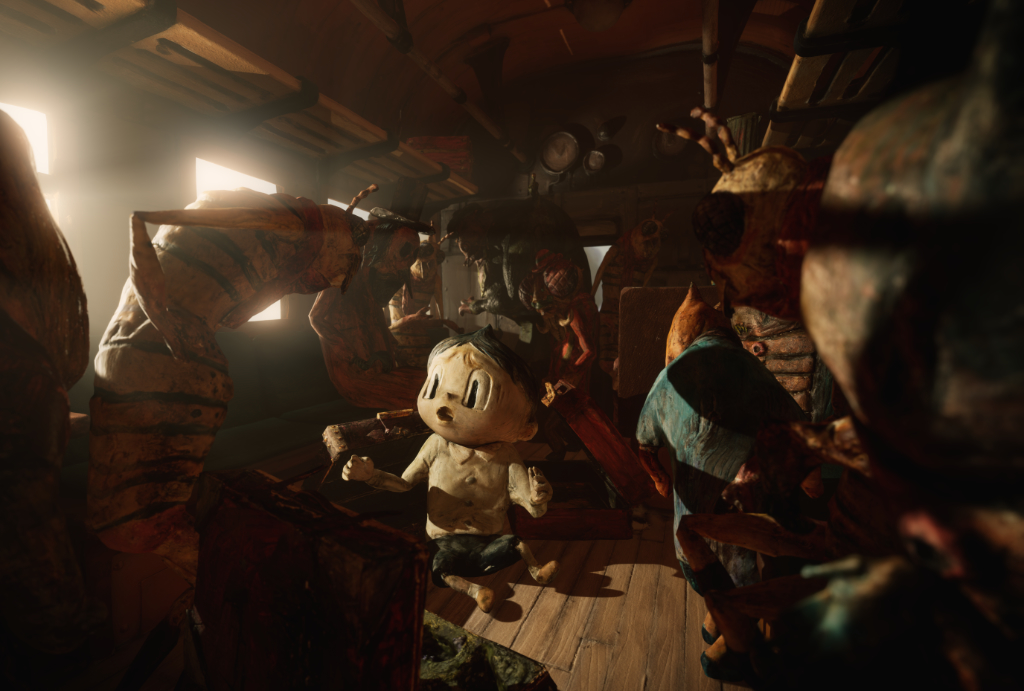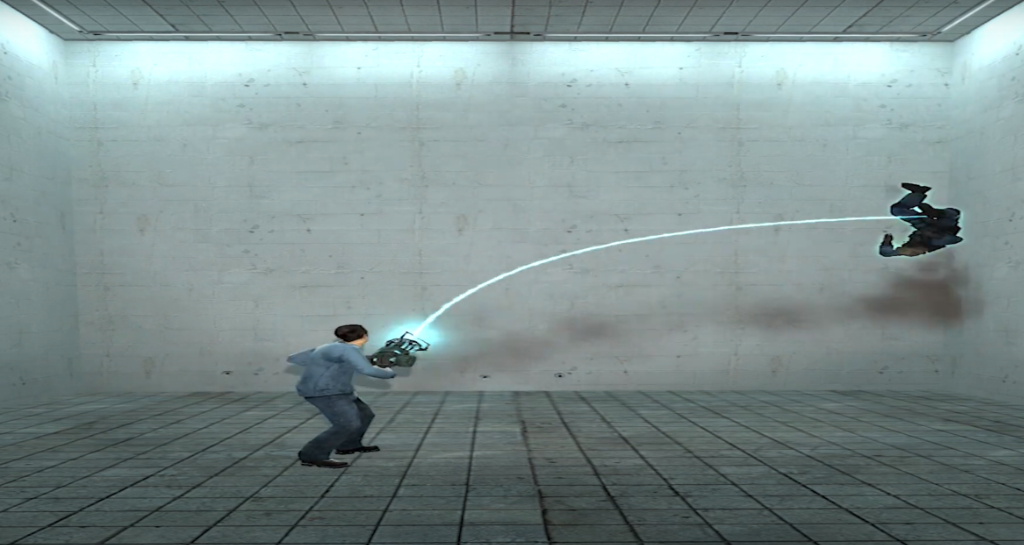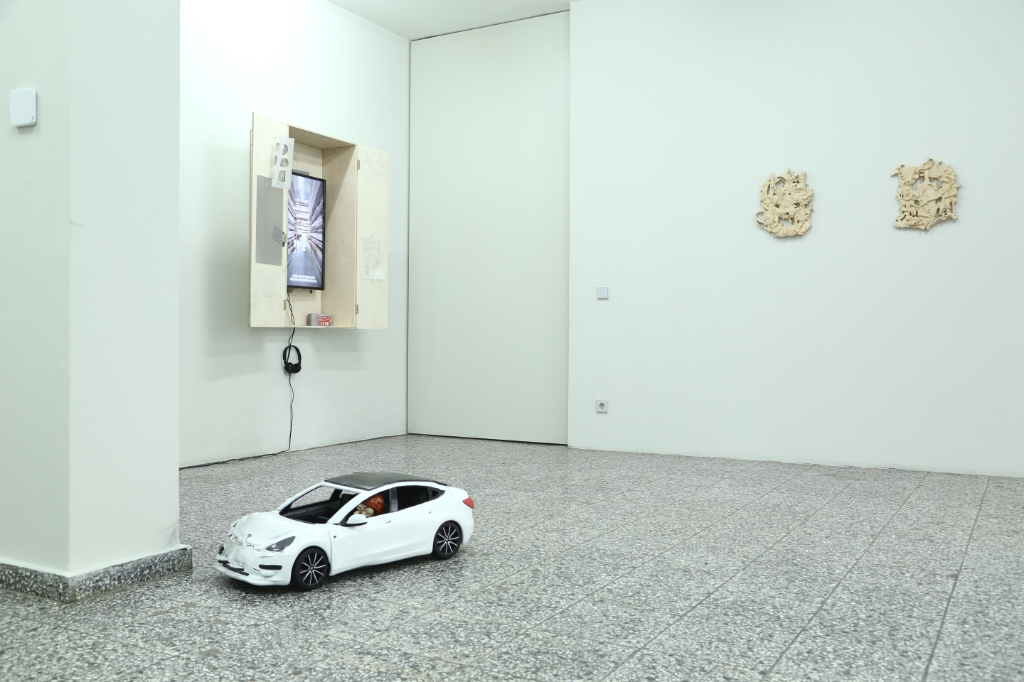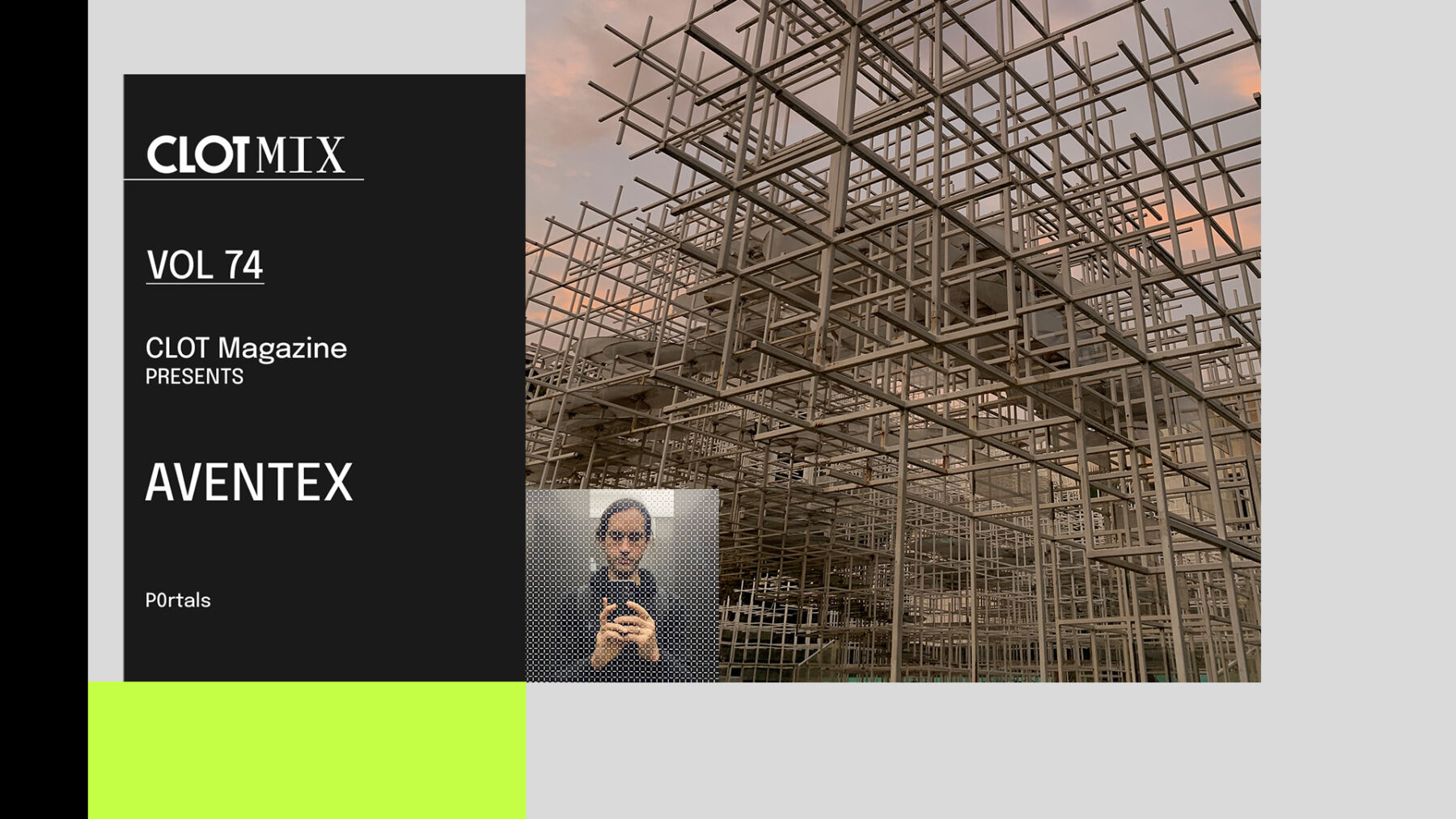Intro words by Silvia Iacovcich, interview by Meritxell Rosell

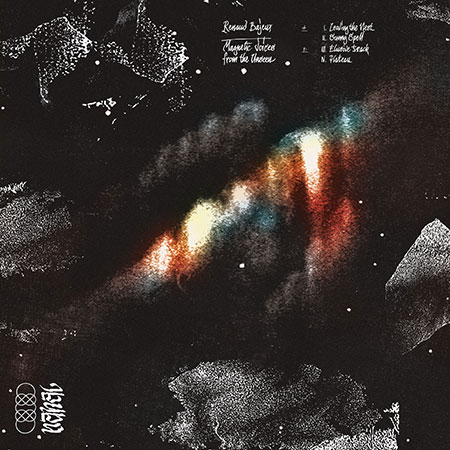
Musician and sound engineer Renaud Bajeux’s work Magnetic Voices From The Unseen (NAHAL recordings, 2020) is a chronicle of existence grasped from the sphere of infra-reality. Renaud brings together sounds composed from magnetic field recordings like hard disks, phones, computers, and screens, collating the invisible terrain of electromagnetic radiations that undetectably inhabit our space.
Trained as a cellist and a regular collaborator at INA – GRM (Groupe de Recherches Musicales), he is an experimental composer who rebels against the rigidity of contemporary classical composition, capsizing traditions and adopting a deductive approach of experimenting with matter – edging into new independent paths.
His modus operandi seeks new sound sources from the intangible landscape of electromagnetic radiations, forging a portal to an uncontaminated, reverberating dimension. Using one or two metal coils, he can ‘sample’ the unique signatures of any electronic device – and by employing this seemingly incidental material, he weaves a rich tapestry in sound form.
Having been introduced to this approach by Francois Bonnet (director of INA GRM), he became fascinated by it. During a train journey, Bajeux first experimented with coils as a carrier of sounds, venturing into the magnetic soundscape of the machine surrounding him. Rebounding into pure child-like inspections and anonymous explorations, he accessed a phenomenal layer, a seemingly sixth sense.
The result is more than noise or a simple field recording of randomness. It is an ambient glitch, an intriguing spectrum, and curiously symphonic melodies that sound diverse, textured, singular and strangely charming. While he grasps and shapes what lies in the subtle infra reality, he introduces a new world which can be found in the electrical jungle of wires. One new world where we become absorbed in the resonance of the different Wi-Fi signals superimposed on our world, x-raying the ephemeral.
Cathodic vibrations reemerge as sounds into a new zone, allowing our ear sensors to translate what’s manifesting around us as we can’t perceive it. We are left with a trace of what has been, a record of authentic matter invisible to us and our conscious awareness. We are invited to familiarize ourselves with these harmonic melodies and noise modulation landscapes the artist investigates: we can explain their existence as we can now hear them.
The outcome is unquestionably authentic: the samples are a new reality taken from the fabric of space and time that surrounds us, captured fleetingly in a single metal coil. As if Bajeux was researching images instead of sounds, in an empirical process where phenomenological sense is prioritised, the record feels like a restless journey into an ethereal ‘electromagnetic protoplasm’ – even if it’s just a sonic illusion after all.
You are a classically trained cellist and also an experimental sound artist; what is your creative process like?
When I stopped studying cello, I couldn’t create any music. I felt stuck by the fifteen years of classical studies in a language that had become my only horizon. With all the musician’s automatisms, the melodic associations, the sound I could produce with my cello.
Every time I started improvising, I suddenly found myself in the middle of a piece I already knew. It took me almost ten years to let something else emerge through the music and the tools I discovered, the people I met etc. My sound engineer training helped me familiarise myself with the different hardware and software so they could become instruments. These days I’m finally starting to use my cello again to make music, I use it as a chosen and specific matter and not a default one.
As a composition rule for each project, I try to limit myself to a specific matter. For example, in Magnetic Voices From the Unseen, I made electromagnetic recordings with two coils. My next album Seeking a Vision will involve only Serge synthesizer sounds and field recordings. It is about finding an unknown, singular territory I can explore independently.
Most of the time, I record a lot of improvisations, and I accumulate a lot of rushes, just like you would do to shoot a movie. Even if I have a specific idea of the piece’s or album’s global shape, I let the matter surprise me and move me beyond what I had planned. For me, the creative process is, first and foremost, empirical. The idea of total control over the matter, structure or form of my work is pointless. Contemporary music has lost itself into it after decades of serialism and its posterity, and the pure concept is not music. In the phenomenological sense, I need to feel a surprise, an emotion while listening to something to create the desire to work with it. What’s in my brain is something I know, I want to discover something I don’t know, to have the feeling to explore the unknown, even if it is an illusion.
Your first album production, Magnetic Voices From The Unseen, is made from magnetic field recordings from electronic devices using magnetic coils. How and when did the interest in magnetic coils come about? What are the particularities of the sound that interest you?
A few years ago, Francois Bonnet (the actual director of the INA-GRM) told me he had been recording led panels with a coil and was pretty enthusiastic about it. He lent me his coil during a train journey, and I started exploring the magnetic soundscape of the train. I think I stayed for an hour moving the coil into the training space, like a child would draw with a felt pen for the first time. There was the soft low humming of the 50hz power, some high-frequency cracklings, hollow whistling, and tiny squeaks. I suddenly had access to another dimension of reality with a 6th sense.
Back home, I ordered two “phone coil pickup”, and started scanning every electronic device I had. I realized that almost every device has its particular electromagnetic signature and, even more: its own electromagnetic life.
I was fascinated by this infra-reality. The fact that this electromagnetic activity is a trace of an electric signal (according to the Maxwell law) and is not a useful signal in itself makes it very touching and beautiful. At the same time, even though it is not meaningful, as a trace, it informs our senses about the electrical activity, thus bringing to our conscience what is going on. It is particularly interesting in a world where this activity surrounds us without access.
The sounds I was exploring were so rich, diverse, textured, and singular; I decided to make something with it, to give a voice to this magnetic soundscape. I knew some artists were using coils to make music with, but I had never heard an album exclusively involving this matter as a soundscape. That’s how Magnetics Voices started.
What are the challenges of working with this equipment and recordings? And what are you exploring with it (technically or conceptually)?
To make these electromagnetic recordings, I plug two electromagnetic coils directly into my sound card. Any electrical signal generates electromagnetic radiation; any electromagnetic radiation induces an electric signal through the coils. This signal is similar to a microphone signal, so the sound card converts it the same way, and then you can listen to it and record it.
To be precise, you can listen to the audible frequencies of the electromagnetic signal (between 20hz to 20000hz), which is a little fraction of the whole signal, considering, for example, a computer can generate a frequency above 1Ghz. The main challenge for me was to give movement to this matter, both temporally and spatially speaking, to find a way to play with the two coils as an instrument.
Temporally, the “voices” of the devices change over time, but they also have their routine. I had to try every operating mode, manipulation or interaction. For example, trying on a phone different network connections, different buttons, write or playing media with it will significantly change the sound generated. I tried to exhaust all their possibilities to record all the variations I could get with one device and, by way of editing the sound afterwards, to let these voices spread out as chants.
Spatially speaking, I wanted the listener to dive into this infra-reality just like I did when I discovered it. With one coil in each hand, it is possible to make a stereophonic movement. It is similar to using two omnidirectional microphones to record a soundscape.
Plus, the closer you put the coils to a device, the louder the signal. So you can make sound travelling, moving from one device to another t gives you the feeling to fly across this magnetic space. If you make a cyclic movement, you can even get melodic and rhythmical patterns. It reminded me of one of my sound teachers speaking about the art of handling the boom on shooting as “sound calligraphy”.
This way, I discovered that the devices had 3D electromagnetic radiation. For example, a hard drive generates beautiful harmonic tones, but when you move the coil along its surface, the tone evolves, the harmonics change, and some glitch sounds may appear. You really have the feeling you’re making a sound sculpture.
This album reminds me of the early works of Robin Rimbaud (aka Scanner), where he would work with radio signals and radio wave scanners in an analogue way, trying to access another level of infra-reality we cannot see. What has most surprised you when working with this type of recording? What have you discovered from these “voices of the unseen”?
The most surprising was probably the richness and the diversity of the sounds I recorded, from the harshest deadly noise of a processor to the tiniest pure, fragile tone of a computer mouse. This infra-reality merges with no boundaries, organic and mechanical, harmony and noise, analogue and digital, mathematical and chaotic.
What is your relationship with technology nowadays? Do you feel an overload or threat or, on the contrary, a vast horizon for discovery and exploration?
I feel quite enthusiastic about technology in a musical context. There is a lot of business and marketing concerning poorly innovative tools, but there are also many exciting new tools appearing regularly. Suppose you consider Eurorack modular synthesisers, for example. In that case, there are plenty of reasonably identical oscillators, filters, etc., but you also have some modules that offer you new ways of exploring sound. One of the best examples would be the modules developed by Matthias Puech, the Topographic Delay and the Ensemble Oscillator; they offer you a different mindset, therefore, different ways of thinking and making sounds.
For me, tools are what they are; technology is neither a threat nor a gift of god; it is neutral. It is the system that produces it and the way you use it that determines its obedience. In the musical context, technology allows me to do a lot of things, just as my cello would. It is just different. If you know your tools (hardware or software) very well, if you have an intimate knowledge of them, then it is just a way of expressing yourself.
You are a frequent collaborator at INA-GRM (Groupe de Recherches Musicales) what’s your work and involvement there?
I kind of musically grew up with the GRM, working with them since I was 24, discovering a lot of artists, and talking music with my family-like colleagues. I probably wouldn’t have made any music if it wasn’t for the INA-GRM.
Since 2008 I work there as a freelance sound engineer. I mostly work at concerts. We set up and calibrate the Acousmonium (a 50-speaker orchestra that evolves depending on the venues and the music played). We help the composer at the mixing desk find the right balance and configuration to play their music. We also spatialize the sound for the artist when they are live, performing on stage, or even playing our or someone else’s piece at the mixing desk.
Playing a piece on the Acousmonium means most of the time having one speaker per fader on the mixing desk. If you open one fader, you have one speaker playing the sound, and if you open ten faders, ten speakers will play it, each with its particular sound colour and its position. It is all about finding the right balance at the right moment as the piece goes on. It is all about interpretation!
I had the chance to play pieces by artists like Bernard Parmegiani, Luc Ferrari, Michele Bokanowski, and Knud Viktor and work with a lot of contemporary artists like Stephen O’Malley, Lucy Railton, Felicia Atkinson, Jan Jelinek, Eliane Radigue etc.
Two pieces of Magnetic Voices from the Unseen have been played on the Acousmonium and one commissioned piece named “Elevation” is part of my new project called Seeking a Vision. It is an amazing feeling to play your own compositions on this system. Suddenly, the sounds move by themselves; the space becomes real, and the music is elevated.
Solitude or loneliness, how do you spend the time on your own?
I really like solitude. When I am not working as a sound engineer or sound designer, I spend most of my time at home, too much time in front of a computer. I try to read, to listen to music. If I have the chance to be in a studio, I can compose all day long, but at home, it is hard to keep the focus for more than 4 or 5 hours a day; you have too many distractions.
You couldn’t live without…
My partner Charlotte.
My friends.
Something that makes sound.
A computer.
Silence.





